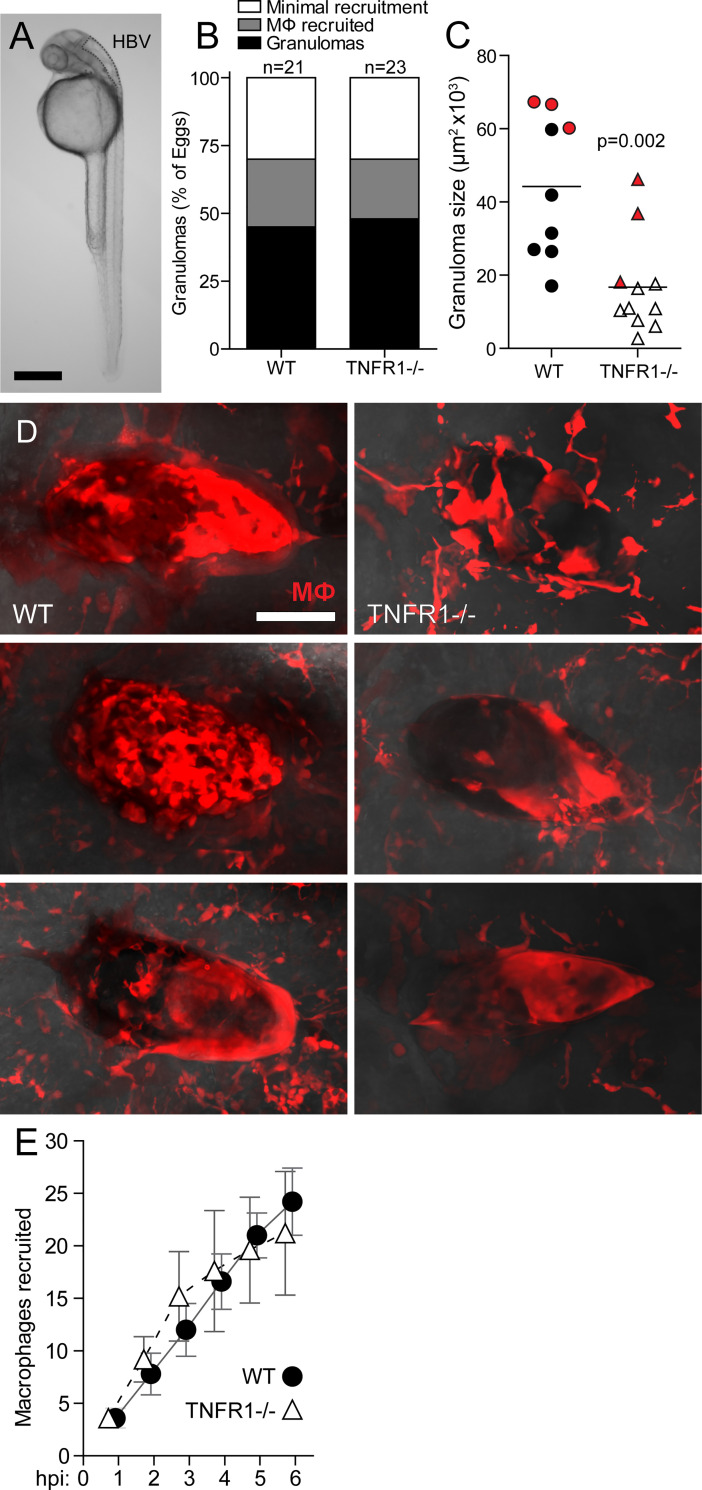Fig 1. TNF affects late-stage granuloma formation.
Comparison of macrophage recruitment and granuloma formation in WT and TNFR1 mutant zebrafish larvae with fluorescent macrophages following implantation with a single schistosome egg into their hindbrain ventricle. (A) Zebrafish larva at 36 hours post-fertilization with the hindbrain ventricle (HBV) site of injection and implantation outlined. Scale bar, 300 μm. (B-D) Granuloma formation at 5 days post-implantation. (B) Percent of animals with; granuloma formation (confluent epithelioid macrophage aggregates), macrophages recruited (>6 macrophages in contact with the egg), or minimal recruitment (0–6 macrophages in contact with egg) [4]. (C) Granuloma size and (D) images, with each image from top to bottom corresponding with each red data point, top to bottom, respectively. Scale bar, 50 μm. Horizontal bars in (C), means. Statistics, Student’s t-test. (E) Mean macrophage recruitment kinetics during the first 6 hours post-implantation. Error bars, SEM. Sample size, n = 5 animals per group.

